Whoever thinks of Switzerland thinks of Swiss clockwork, Swiss railways, Swiss chocolate, Swiss precision.
It's therefore all the more surprising that Dada has its European origins in Switzerland, and for all in the legendary Cabaret Voltaire in Zürich.
But would the 2018 Zürcher Hochschule der Künste graduates prove as anarchic, confrontational, spirited and revolutionary in their creativity........?
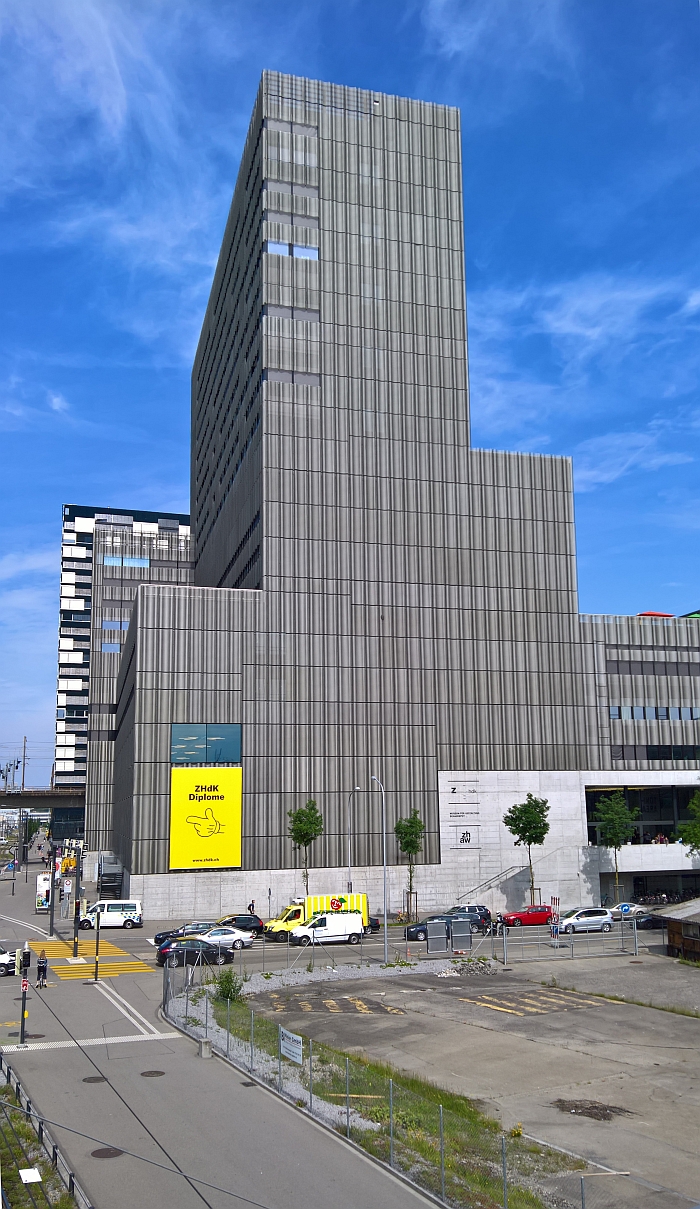
As noted in our post from the re-opening of the Museum für Gestaltung Zürich, the (hi)stories of the Museum and the Zürcher Hochschule der Künste, ZHdK, are closely linked. And that it is a link which goes back to the early days of product design and industrial production in Switzerland.
And which continues today.
Following the establishment of the Kunstgewerbemuseum Zürich in 1875, primarily as a collection of material samples and best-case examples of new products, and intended to serve local crafts, trades and industry by, as we noted providing them with "information, ideas and impetus" and thus help them maintain their relevance and competitiveness in the coming age, the Kunstgewerbeschule der Stadt Zürich - City of Zürich Applied Arts School - was established in 1878 as an educational compagnon to the museum and to help further promote this move towards a reform and re-positioning of the trades, crafts and industry in Zürich.
This closeness of museum and school was underscored in 1895 when the two moved into the East Wing of the Landesmuseum, while in 1913 both the Kunstgewerbeschule and Kunstgewerbemuseum were closely involved in the establishment of the Swiss Werkbund, not least through the person of the institutes' joint director Alfred Altherr, who also served as the Swiss Werkbund's founding director
In 1933 the two institutions moved into a new structuralist/modernist building in the city's Ausstellungsstrasse, a work designed by the Zürich architects Adolf Steger and Karl Egender, and a work popularly known in Switzerland as the "Swiss Bauhaus"; and one which passed perfectly to the modernist "Wohnbedarf" domestic living ideal propagated in Switzerland at the time, an ideal which took its name from the manufacturer/retailer of the same name established in Zürich in 1931 by Sigfried Giedion, Rudolf Graber and Werner Max Moser, and who's early collections also included works by the likes of Alvar Aalto and Le Corbusier.
Post-war the institutes remained close, despite a series of re-namings which give the impression of a separation, and today the contemporary Museum für Gestaltung Zürich is integrated into the contemporary ZHdK; an institution established in 2007 through the merger of the then Hochschule für Gestaltung und Kunst with the Hochschule Musik und Theater Zürich, the latter being likewise a Zürich institution which can trace its history back to the 1870s.
Today some 2800 students call the ZHdK home and one where they study across a wide range of undergraduate, postgraduate, doctorate courses.
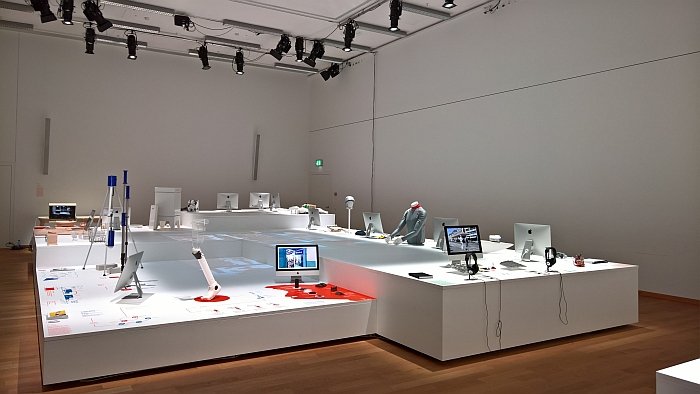
Staged in the ZHdK's improbably tall Toni-Areal Campus in Zürich-West, on a site that was, apparently, previously home to Europe's largest yogurt factory, ???, a situation which obviously allows for all sorts of references to one form of culture replacing another and/or reflections on contemporary cultural hegemony, the Zürcher Hochschule der Künste Diplome 2018 presented graduation projects from across the schools programme in a presentation format which allowed not only for an insight into the nature and directions of the work undertaken by the students but also, and as all such shows should, an accessible introduction to the programme of studies offered by the school. Whereby amongst the slightly confusing aspects of the ZHdK Diplome 2018 exhibition was the very real interest we took in the classes in the subject area Trends & Identity: the Bachelor in Style & Design and Master in Trends. We know. Imagine. No-one is more surprised than us. And no, we weren't overtired or otherwise unfocused or impaired in our judgement. Admittedly there were a few projects that made us grind our teeth and fear for the future of civilisation, but there were also few genuinely interesting projects which moved in nice directions, but not necessarily to a degree that got our boats fully rocking.
But which were nonetheless very interesting.
Elsewhere a number of projects did interest and rock us.
As always we may have missed projects, may have missed, or fail to comprehend, the true relevance of projects, can't promise a flawless completeness, just fully honesty in how we approached our task......
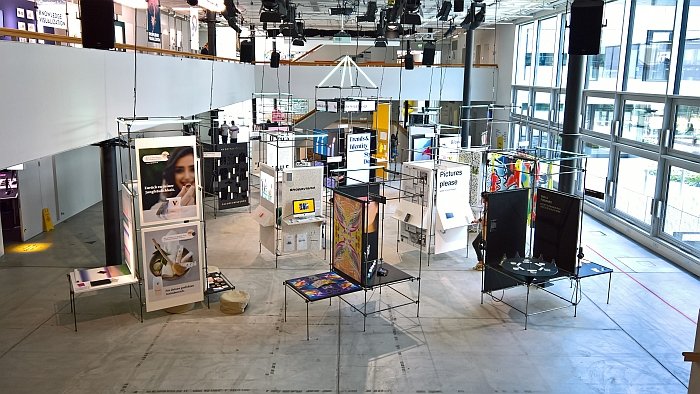
According to Roman Paysen-Petersen it is possible to measure tiredness on the basis of the degree of resistance of the skin, and from the very superficial research we've done, we see no reason to doubt him. Applying this property Roman has developed a wearable concept aimed at motorcyclists, one which measures the resistance of the skin at the base of the neck, with warnings appearing on the dashboard when tiredness is creeping up on the driver, and thereby allowing the motorcyclist to respond based on measured information rather than an abstract assessment of their own condition. An assessment invariably influenced by other factors, including the simple and understandable, desire to reach your destination.
Not only an eminently sensible idea, and one of the better wearables concepts we've seen of late, but one that could logically be further evolved for other situations/professions where tiredness can become dangerous, but might not always be acknowledged by those affected, for example, hospital emergency room doctors/nurses, boat pilots, riggers, etc, etc, etc...
In how far the system technically developed is, we're unsure, but it certainly sounds like an idea worth pursuing
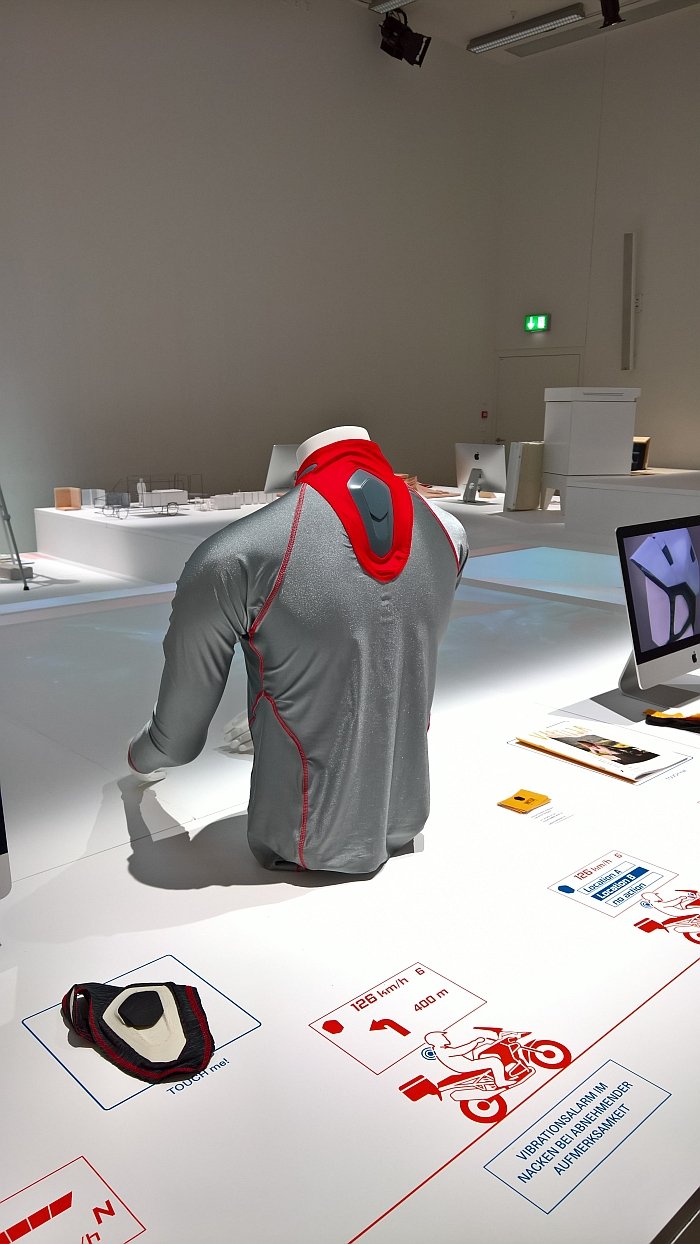
Over the years we've seen numerous projects involving aquaponic systems, systems that recycle water/fish poo to allow for the growth of plants and fish in a (largely) self-sufficient system, albeit principally theoretical projects motivated by a desire to promote domestic "home farming".
Julian Frey's Mountainfarm is an an interesting alternative not only because it involves a specific application in a specific location - the Monte Rosa alpine hut near Zermatt. But because in allowing for the production of fresh salad, herbs and fish in the high alps it not only helps the hut operator expand their menu and therefore their business, but does so in sustainable, and very logical fashion.
The choice of the Monte Rosa Gut isn't random. Rather a new Monte Rosa hut was constructed in 2009 by Prof. Andrea Deplazes from the ETH Zürich and realised as an energy and resource efficient construction. Thus a project such as Mountainfarm integrates nicely into the concept, not least because of the fact that the hut is specifically designed to store water from melting snow and ice, meaning there is a reservoir of naturally obtained fresh water to both start the system and replace that inevitably lost from its operation.
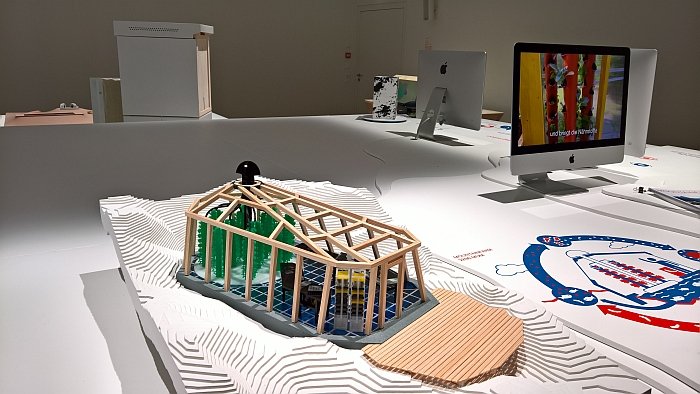
Full details on the Zürcher Hochschule der Künste ca be found at www.zhdk.ch